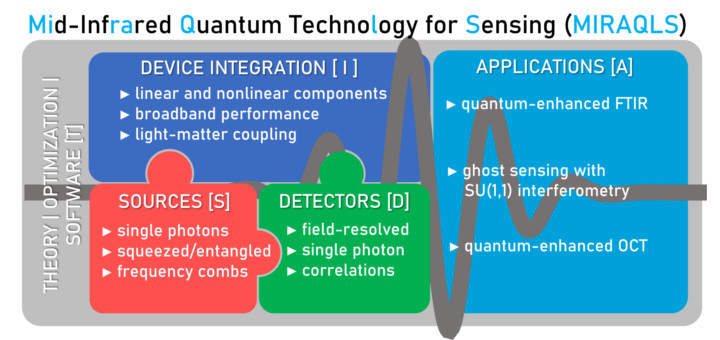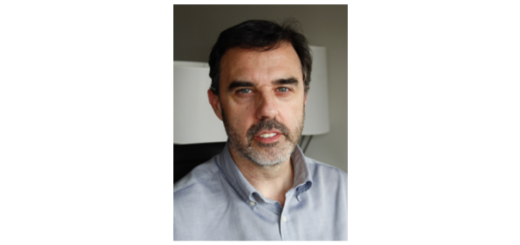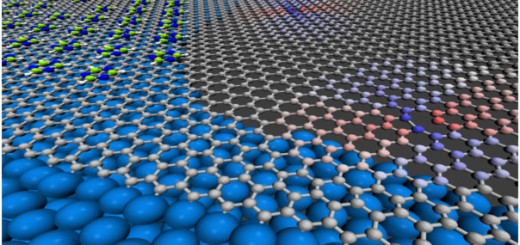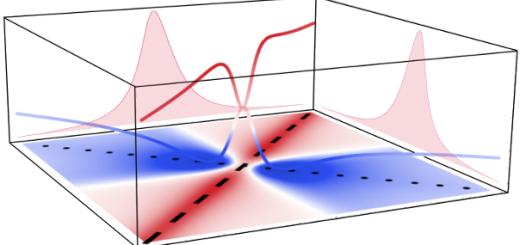Joint EU/Canada Project MIRAQLS Coordinated by IFIMAC Researchers Starts
The European Union and Canada just announced support for three jointly funded projects in quantum research and innovation: https://digital-strategy.ec.europa.eu/en/news/joint-eucanada-quantum-research-projects. We are happy to announce that one of those three projects is MIRAQLS on Mid-Infrared Quantum Technology for Sensing, coordinated by Antonio I. Fernández Domínguez, Johannes Feist, and Francisco J. García Vidal at IFIMAC, together with Denis Seletskiy from Polytechnique Montréal.
The overall goal of MIRAQLS is to increase our ability to sense the changes in the environment around us using mid-infrared (MIR) light. Optical sensors operating at MIR wavelengths are essential for a wide range of applications due to the unique molecular signatures at these wavelengths. MIRAQLS aims to tackle some of the biggest challenges that have hampered the development of MIR quantum technologies, by understanding how to control the quantum properties of light and matter at the fundamental limits of their interaction. The team combines expertise in quantum photonics, materials science, optoelectronic component development, MIR laser science and spectroscopy, biophotonics, photonic inverse design, quantum optics theory, quantum information science, and quantum technologies.
The team includes researchers from nine universities in Canada (Polytechnique Montréal and University of Toronto), Spain (Universidad Autónoma de Madrid), Germany (Universität Paderborn), Italy (Università degli Studi di Milano-Bicocca), Switzerland (École Polytechnique Fédérale de Lausanne and Eidgenössische Technische Hochschule Zürich) and the United Kingdom (University of Glasgow and University of Warwick), as well three companies (Menhir Photonics, IRsweep, and SpaceTech), with a total funding of more than 3 million €.
Fittingly, the MIRAQLS project started one day before the announcement of the 2022 Nobel Prize in Physics, which was awarded to Professors Alain Aspect, John Clauser and Anton Zeilinger for “their experiments with entangled photons, establishing the violation of Bell’s inequalities and paving the way for quantum information science”.




















